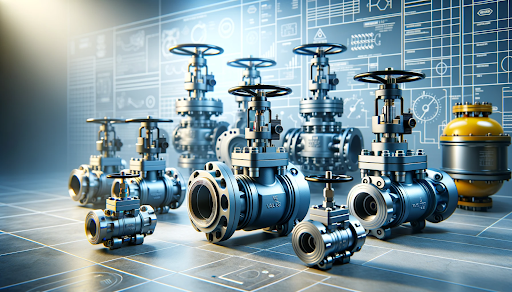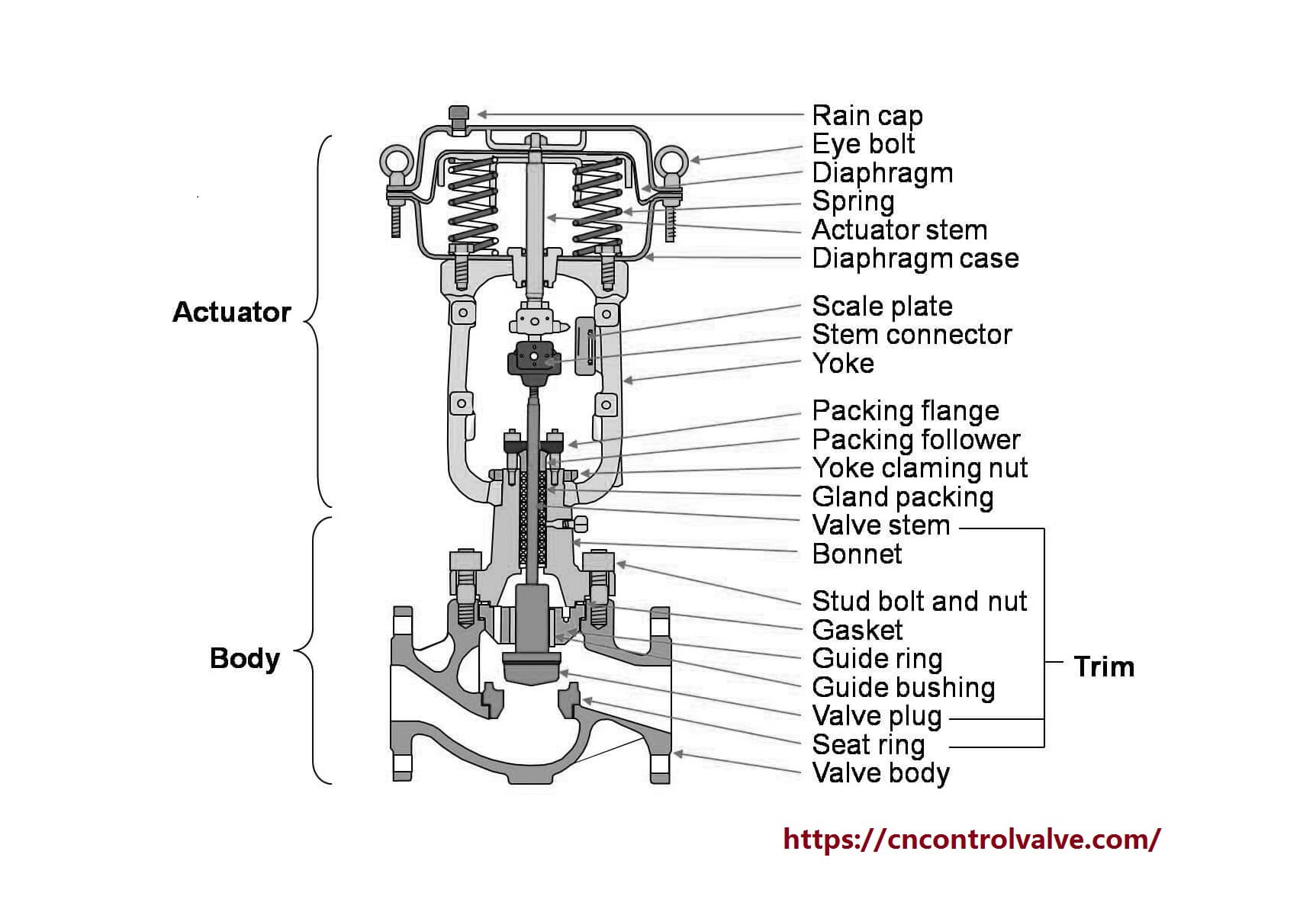Essential Variables to Take Into Consideration When Picking Control Valves
Essential Variables to Take Into Consideration When Picking Control Valves
Blog Article

Maximize Energy Savings and Convenience With Advanced Structure Automation Controls
In the realm of contemporary architecture and center monitoring, the combination of advanced structure automation controls stands as a crucial improvement. The merging of innovation and sustainability has actually birthed a brand-new period where energy performance, convenience optimization, and operational streamlining are no longer remote goals but obtainable truths. By taking advantage of the power of automation, buildings can adjust, react, and progress in ways that were when unbelievable. The capacity for substantial energy savings and enhanced convenience is not simply a possibility yet a pledge waiting to be satisfied. This paradigm change in structure management holds the vital to unlocking a globe where ecological conscientiousness and resident health harmoniously exist together within the wall surfaces of our frameworks.
Power Efficiency Perks
Power effectiveness advantages can dramatically minimize power intake and functional expenses in buildings. Energy-efficient systems, such as advanced structure automation controls, can enhance the use of resources like home heating, illumination, and cooling, leading to lower power expenditures over time.
In addition, enhanced power efficiency can prolong the life-span of structure equipment and systems. By running extra successfully, a/c systems, lighting fixture, and other building parts experience much less damage, resulting in minimized maintenance and substitute costs. Furthermore, energy-efficient structures commonly command greater building values and rental prices, providing long-lasting economic benefits to owners.
In addition, energy effectiveness can enhance resident convenience and productivity. Appropriately regulated indoor settings with optimal illumination and thermal problems develop a more pleasurable and conducive workspace, causing improved worker fulfillment and efficiency. In general, the power performance benefits connected with innovative building automation controls are complex, including price savings, ecological stewardship, and owner health.
Improved Convenience Control
Enhancing comfort control in structure environments needs an innovative integration of advanced automation systems for ideal passenger health. By making use of innovative structure automation controls, centers can customize the interior setting to fulfill the details demands and preferences of residents. These systems allow accurate law of air flow, temperature, and lighting, creating a productive and comfortable ambience. Owner satisfaction and performance are very closely connected to thermal comfort, making it vital to have systems in position that can adapt to changing problems in real-time.
Improved comfort control exceeds fundamental temperature changes. It consists of attributes such as personalized settings, tenancy sensors, and all-natural light usage to create a vibrant and responsive atmosphere. By incorporating these sophisticated controls, buildings can not only boost comfort yet likewise boost energy performance by maximizing system operations based on actual occupancy and usage patterns. Inevitably, prioritizing passenger convenience with innovative automation systems results in a more delightful and healthier interior setting.
Functional Efficiency Improvements

In addition, the implementation of real-time tracking and analytics devices enables building operators to recognize energy ineffectiveness and functional abnormalities quickly. By constantly monitoring energy use patterns and system efficiency metrics, changes can be made in real-time to optimize energy usage and make sure peak functional efficiency. control valves. Additionally, incorporating demand action strategies right into structure automation controls can better enhance operational efficiency by dynamically adjusting energy usage based on grid conditions and pricing signals
Indoor Climate Optimization
Efficient indoor climate optimization is a fundamental aspect of building automation controls, ensuring residents' convenience and wellness while making the most of energy savings. By utilizing advanced sensing units and controls, useful site constructing automation systems can continuously readjust and keep an eye on temperature, humidity levels, air top quality, and air flow to produce an optimal interior setting. Preserving constant and comfortable conditions not only boosts passenger contentment however likewise improves efficiency and overall health.
Interior climate optimization also plays an important function in energy efficiency. By fine-tuning ventilation, air conditioning, and heating systems based on real-time data and occupancy patterns, constructing automation controls can significantly minimize energy intake - control valves. Executing strategies such as demand-controlled air flow and thermal zoning can aid reduce power waste while guaranteeing that each location of the building gets the essential conditioning.

Lasting Setting Development
Building automation controls not just enhance indoor environment conditions for power efficiency and passenger convenience but also lay the structure for developing a sustainable atmosphere with tactical management of systems and sources. By incorporating advanced building automation modern technologies, such as sensors, actuators, and intelligent software program, centers can change and keep track of energy usage in real-time to minimize waste and lower their carbon footprint. These systems make it possible for predictive maintenance, identifying prospective problems before they intensify and enhancing equipment performance to boost longevity and efficiency.
Additionally, sustainable setting creation prolongs beyond power administration to encompass water conservation, waste reduction, and indoor air high quality renovation. Structure automation controls can regulate water use, find leakages, and make certain correct garbage disposal techniques, contributing to general sustainability initiatives. In addition, by monitoring and regulating air flow and filtering systems, these modern technologies boost passenger health and efficiency while lowering power usage associated with heating and cooling operations.
Conclusion
In final thought, progressed structure automation controls offer significant benefits in terms of energy cost savings, comfort control, functional effectiveness, indoor climate optimization, and developing a sustainable environment. By carrying out these controls, structures can attain optimum efficiency while minimizing power usage and boosting resident comfort. It is obvious that the use of sophisticated automation innovation is important in improving structure efficiency and developing a much more lasting future.
Power effectiveness advantages can substantially minimize power usage and functional expenses in buildings. Generally, the power performance benefits connected with sophisticated building automation controls are multifaceted, including expense financial savings, ecological stewardship, and owner wellness.
Additionally, including need reaction strategies right straight from the source into building automation controls can further boost functional performance by dynamically changing power usage based on grid problems and prices signals.
Building automation manages not only optimize interior climate problems for energy performance and passenger comfort however also lay the structure for creating a lasting environment with strategic monitoring of systems and sources.In conclusion, progressed structure automation controls deal significant advantages in terms of power cost savings, convenience control, operational effectiveness, interior climate optimization, and producing a lasting atmosphere.
Report this page